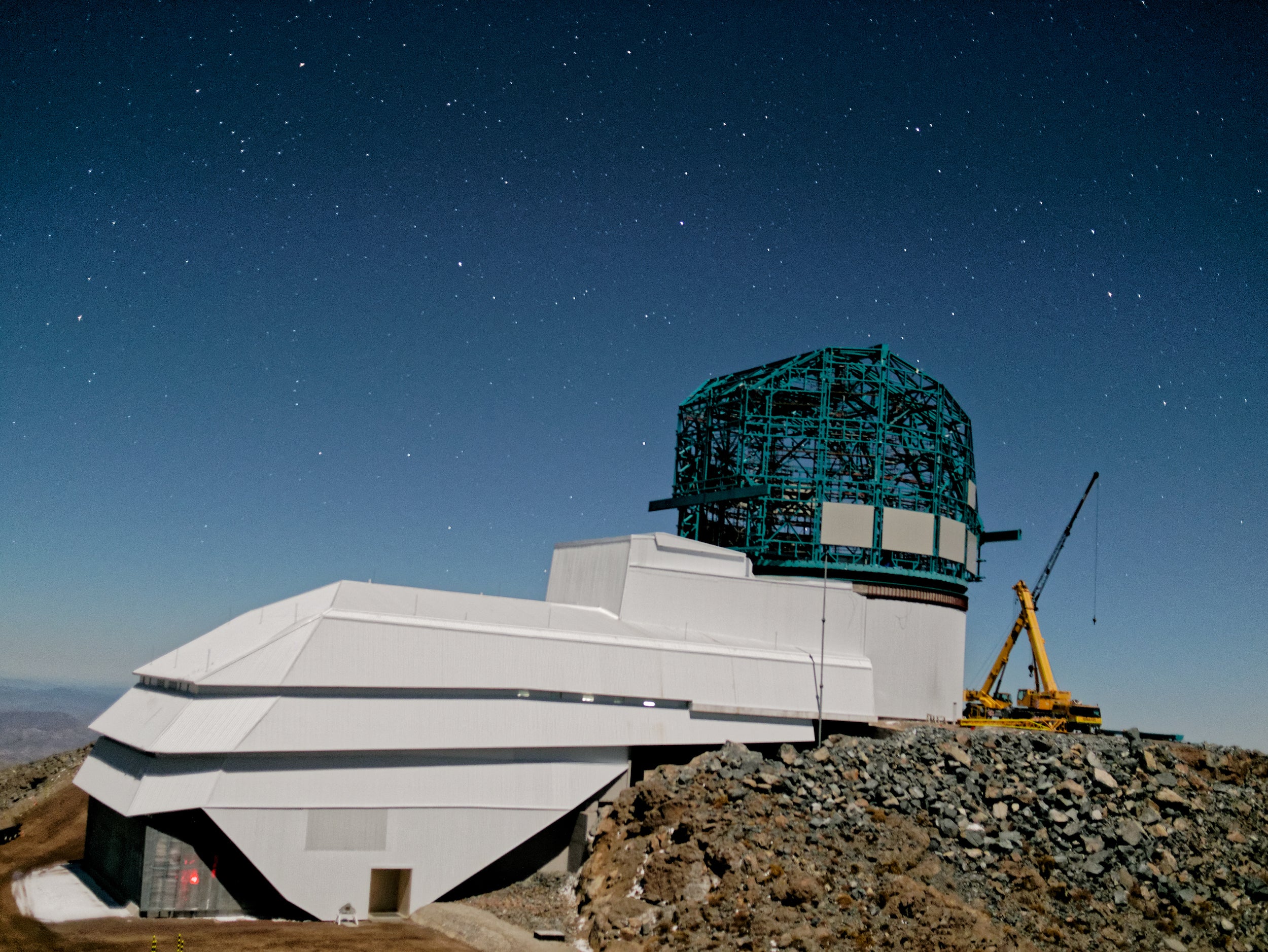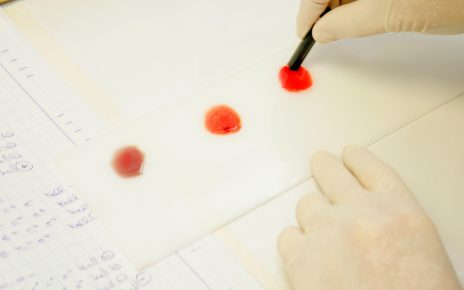
It is often said that “a picture is worth a thousand words.” In my case, a picture is worth 66,000 words, the length of my new book, Extraterrestrial. The picture, in this case, doesn’t exist—an image of the first interstellar object, ‘Oumuamua. It could have distinguished between ‘Oumuamua being a natural rock or an artificial object manufactured by an extraterrestrial civilization.
But for now, the latter interpretation remains a hypothesis suggested by evidence that this object did not behave like a comet or an asteroid from the solar system. The many anomalies exhibited by ‘Oumuamua forced all natural interpretations of it to invoke object types that we have never seen before—all with major drawbacks. They include the hypothesis that it’s a hydrogen iceberg—but that would likely have evaporated by absorbing starlight during its journey; a dust “bunny” a hundred times more rarefied than air—but that might not have the material strength to withstand heating to hundreds of degrees by the sun; or a tidal disruption relic—which would not have the pancake-like shape inferred for ‘Oumuamua.
But in the future, we might be able snap such a picture of another interstellar visitor. When I find a single ant while surveying a small portion of my kitchen, I get alarmed because it implies that there must be many more ants out there. The Pan-STARRS telescope discovered ‘Oumuamua while surveying the sky for only few years. It is therefore likely to find another object of its type every few years. The Legacy Survey of Space and Time (LSST) on the Vera C. Rubin Observatory will start collecting data in less than three years and should find many more ‘Oumuamua-like objects, possibly a new one each month.
Identifying artificial objects among the asteroids and comets in the solar system is similar to searching for rare plastic bottles among the natural rocks on a beach. How can we obtain resolved images of weird interstellar objects to separate them from rocks? Two approaches come to mind. One is to deploy numerous cameras in advance within the orbit of the Earth around the sun so that one of them will be close enough to the path of an interstellar object of interest. Another strategy is to launch a dedicated spacecraft equipped with a camera as soon as LSST identifies a weird interstellar object on its approach towards us.
A camera aperture with a diameter of four inches can resolve an ‘Oumuamua-like object with the size of a football field at a distance comparable to the diameter of the Earth. Having a camera in such proximity to an object passing at random within the plane bounded by the orbit of the Earth around the sun would require deploying a hundred million cameras across that region, a staggering requirement. The number of cameras can be reduced by many orders of magnitude if they are attached to a propulsion system that can bring them to the right location at the right time when the object of interest arrives there. Of course, an intriguing photograph could motivate a follow-up mission of landing on the object and deciphering its purpose based on its composition. It would be particularly exciting to uncover a label stating “Made on Planet X” or to discover something like the Golden Record aboard the Voyager 1 and 2 missions that we sent out of the solar system.
Alternatively, an advance warning of more than a year from LSST about an approaching object of interest would allow the launch of a space mission from Earth that would intercept its orbit. This strategy resembles asteroid intercept missions, such as OSIRIS-Rex—which visited the asteroid Bennu and will return a sample from it to Earth in 2023.
Other targets of interest involve interstellar objects trapped by the gravitational fishing net of Jupiter and the sun, or interstellar meteors that reach the surface of Earth. We could also explore the moon as an archaeological site, since it collected everything that impacted its surface, given that it lacks an atmosphere or geological activity.
Photography of interstellar artifacts will usher the new frontier of space archaeology, a field of space research noteworthy of mainstream attention just like traditional archaeology on Earth. Decades from now, the effort to study past technological civilizations based on the relics they left behind could be routine on academic campuses.
Most stars formed billions of years before the sun, and therefore technological civilizations that predated us had the opportunity to develop more advanced equipment than our century-old technologies. We could learn from them even if most of the equipment they deployed in space is not operational after billions of years. Finding their relics in our backyard saves us the long trip to their point of origin. By putting our hands on such equipment and attempting to reproduce it on Earth, we can save many millennia of our own technological development. Given this perspective, our technological future may lie in front of our eyes if we can only master the will to harness the evidence and not assume that “it’s never aliens.” Rather than argue that “extraordinary claims require extraordinary evidence,” we should collect as much evidence as possible without prejudice, keeping in mind that “extraordinary conservatism leads to extraordinary ignorance.”


